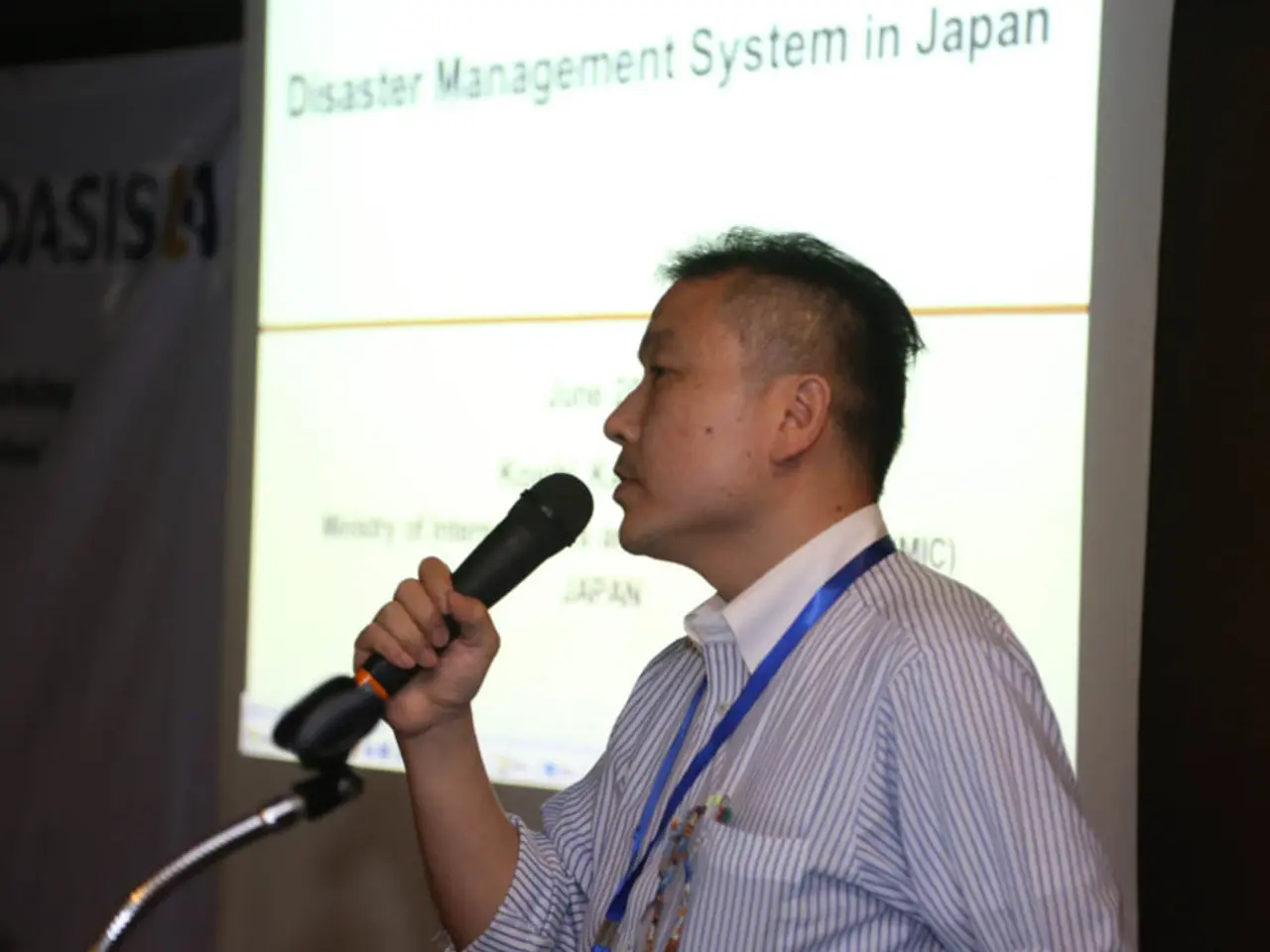Struggling Asian Nations to Address Aid Deficit Amid U.S. Reduction in Aid
In the evolving landscape of foreign aid in Asia, South Korea and Japan are making strides to become key players, but questions remain about their ability to replace the United States as a major donor in the region.
According to experts, South Korea has been increasing its efforts as an aid provider in recent years. The country's income level should enable it to do even more, as shown by its official development assistance (ODA) budget of $4.8 billion in 2024, with plans to more than double that by 2030. Japan, too, is contributing significantly, with a combined aid budget of over $22 billion in 2023.
However, the United States' foreign aid contributions dwarf those of South Korea and Japan. In 2023, the US spent an impressive $80 billion on foreign assistance, with about $7 billion allocated to South, Central, and East Asia, as well as Oceania.
The United States' role as a key foreign donor has been somewhat uncertain in recent years. In 2020, President Donald Trump paused foreign aid and moved to dismantle the US Agency for International Development (USAID). This move raised concerns about the future of US foreign aid and its impact on the region.
While South Korea and Japan are striving to fill the gap left by the US, China is also making its presence felt. China has historically focused on infrastructure financing, but there are signs that it is breaking new ground in its approach. For instance, China acknowledged providing climate finance for the first time last year, potentially indicating a shift in its approach to development support.
China disbursed about US$5.5 billion a year in official development finance (ODF) to Southeast Asia between 2015 and 2021, with the vast majority being non-concessional loans. This focus on loans rather than grants raises questions about China's intentions and its ability to replace the United States in areas such as democracy, health, and education.
Experts like Joshua Kurlantzick, senior fellow at the Council on Foreign Relations, suggest that China may dramatically increase grants across Asia to gain more influence in the region. However, China's priorities differ from those of the United States, and it remains to be seen whether China would fully replace the US as a key foreign donor.
In recent years, the highest expenditures on maternal care and disaster relief in Asia have primarily been made by large international donors and governments such as the United States, the European Union, Japan, and increasingly China. In the future, emerging economies in Asia, as well as multinational corporations active in health and humanitarian sectors, could become more influential in these areas. However, exact expenditure data and key actors remain sparsely detailed in the available search results.
The Organization for Economic Cooperation and Development (OECD) provides data on foreign aid spending, which offers a glimpse into the shifting dynamics of foreign aid in Asia. The US, despite its reduction in foreign aid under the Trump administration, remains a significant player, with the US Agency for International Development (USAID) managing $32.48 billion in foreign assistance in 2024.
As the future unfolds, it will be interesting to see how South Korea, Japan, and China navigate their roles as foreign aid providers in Asia and whether they can truly replace the United States as a key foreign donor in the region.
Read also:
- Peptide YY (PYY): Exploring its Role in Appetite Suppression, Intestinal Health, and Cognitive Links
- Toddler Health: Rotavirus Signs, Origins, and Potential Complications
- Digestive issues and heart discomfort: Root causes and associated health conditions
- House Infernos: Deadly Hazards Surpassing the Flames








